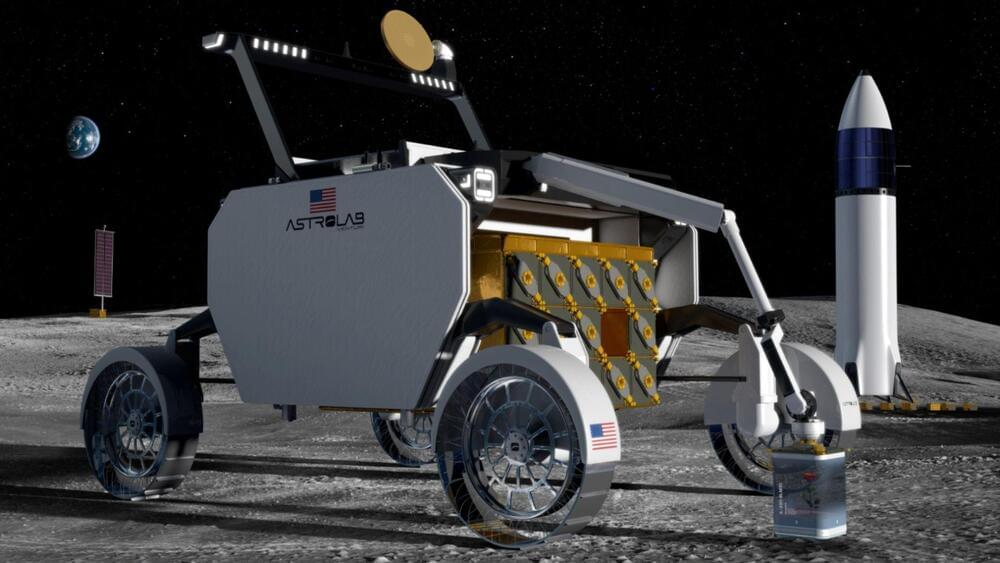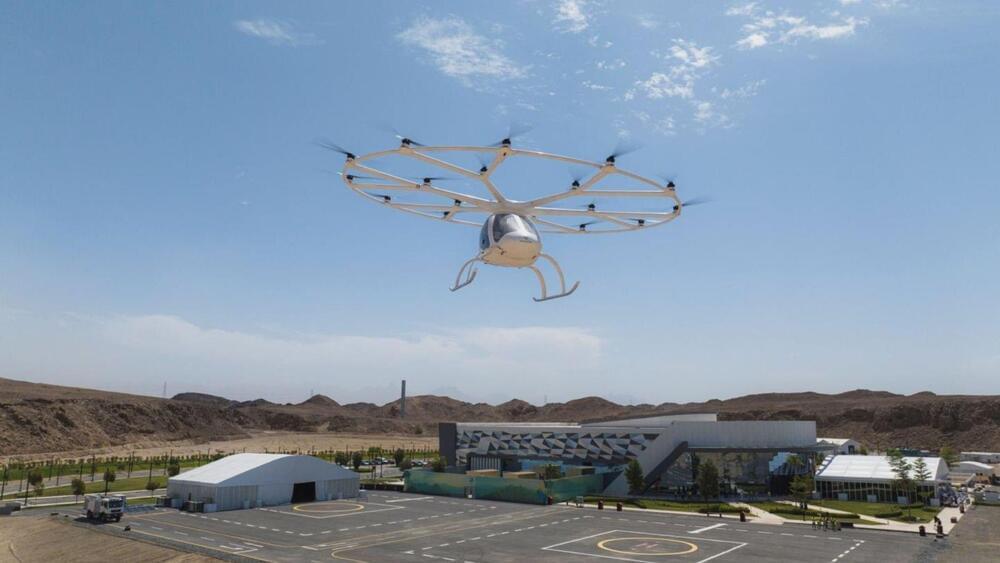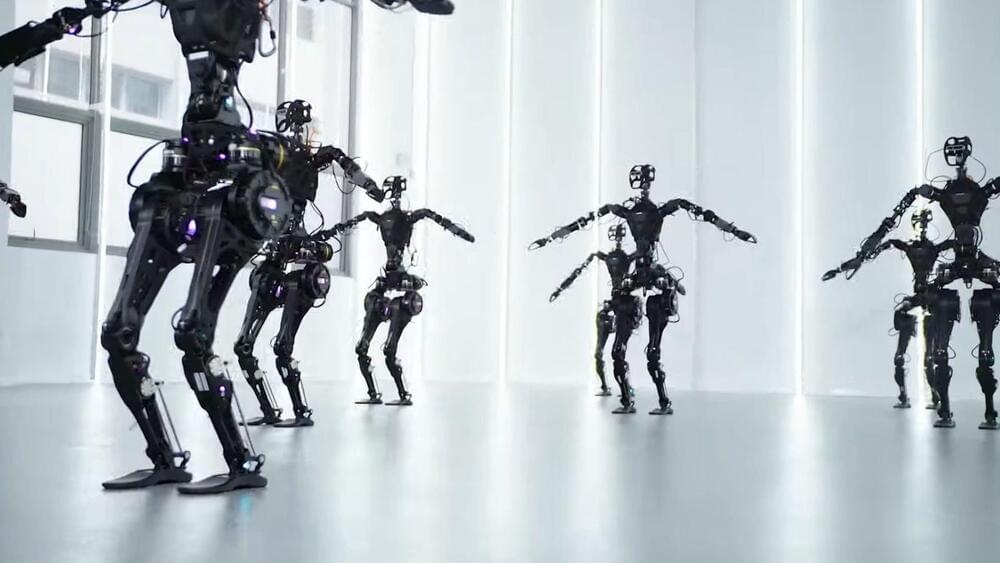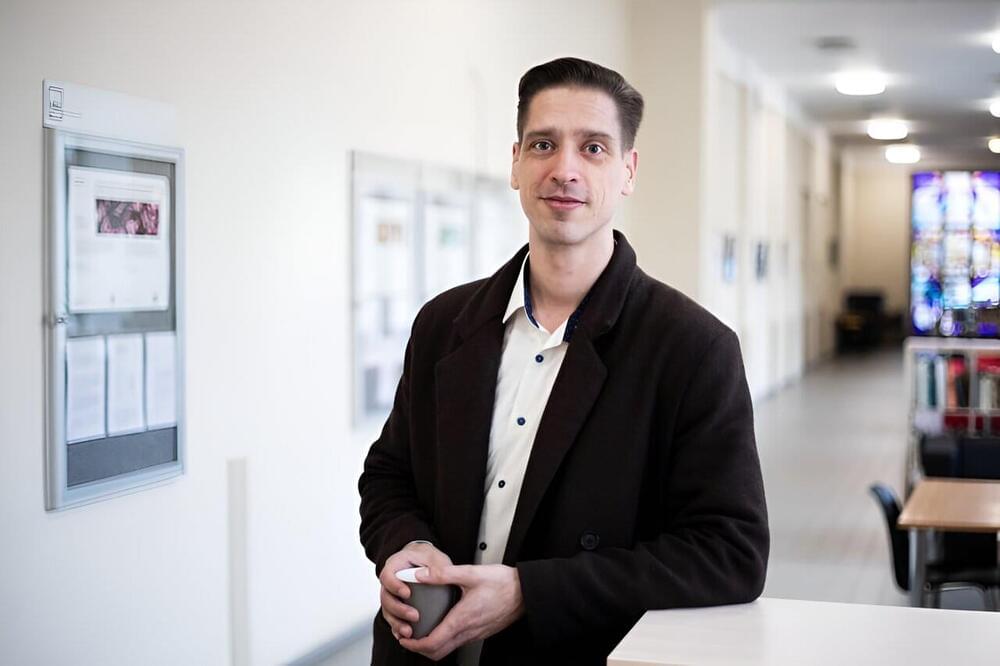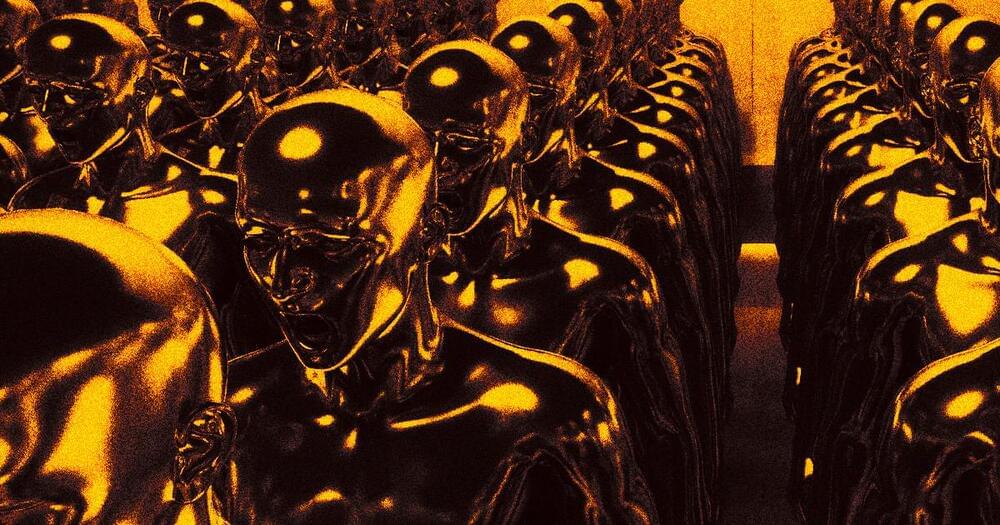Well before Washington banned Nvidia’s exports of high-performance graphic processing units to China, the country’s tech giants had been hoarding them in anticipation of an escalating tech war between the two nations.
Baidu, one of the tech firms building China’s counterparts to OpenAI, has secured enough AI chips to keep training its ChatGPT equivalent Ernie Bot for the “next year or two,” the firm’s CEO Robin Li said on an earnings call this week.
“Also, inference requires less powerful chips, and we believe our chip reserves, as well as other alternatives, will be sufficient to support lots of AI-native apps for the end users,” he said. “And in the long run, having difficulties in acquiring the most advanced chips inevitably impacts the pace of AI development in China. So, we are proactively seeking alternatives.”



